Nick Rains has been a full-time professional photographer since 1985 when he left the United Kingdom in search of adventure. He ended up in Australia, where is currently based, and has worked in commercial, landscape and travel photography. Since 1997 he has written and photographed six books. He has worked as a contributing photographer for Australian Geographic magazine and served as editor of Better Digital Camera magazine. In 2013 Nick was appointed Principal Instructor for the Leica Akademie in Australia. Below, he shares this thoughts and opinions on the Leica T Camera System lenses APO-Vario-Elmar-T 55-135 mm f/3.5-4.5 ASPH. and Super-Vario-Elmar-T 11-23 mm f/3.5-4.5 ASPH.
Q: Most of the images in your previous Leica blog appearances were shot on medium format with the Leica S-System. What was it like shooting with the Leica T, and what are some of the advantages of shooting with a more compact system for the kind of work you do?
A: Working with a small camera can just be pure fun – photography can be too serious sometimes! The T is a fun camera to use but luckily it’s not compromised on quality so I can have my cake and eat it too, in a manner of speaking. I love the tiny size and I particularly like the Visoflex viewer and the touch interface – it’s a camera that I can be casual with, but still know that I can get publishable quality images if needs be. It’s also a discrete camera that people tend not to notice, which can be an advantage shooting out in public places.
Q: All the images that you shot with the Vario-Elmar 55-135 mm lens are of outstanding technical quality, exhibiting impressive sharpness and detail. Which ISOs did you use to achieve such high quality images, and what are your general impressions of the handling characteristics and overall quality of this lens?
A: I try to use all cameras at their base ISO whenever possible – this minimizes any possible image artifacts (like noise) and maximizes the dynamic range of the sensor. The T has an excellent sensor and I was very pleased with the results from the Vario-Elmar 55-135 mm lens – it’s light, compact in size and bitingly sharp even at its widest apertures. I also try to use a tripod as much as possible to make sure I am getting the most out of the camera and lens combination.
Q: What makes this image so engaging is not only the subject – motorized rickshaws and scooters moving lazily down a narrow paved pathway lined by huge old trees with monkeys playing on the side of the road – but the wonderfully diffuse hazy backlight that lends the image a kind of serene and timeless quality. Do you agree, and how do you think the Leica T and Vario-Elmar 55-135 mm lens handled the task of capturing this image in such challenging light?
A: The perspective compressing properties of a long lens are ideal for this type of shot because they accentuate the aerial perspective generated by the natural haze. At the 135 mm setting, the lens is the equivalent of 200 mm on a full frame camera so it’s a genuine telephoto lens. The haze is typical of this time of day – dawn – and the only real challenge for this shot was to make sure my point of focus was where the deer warning sign is. I think I used manual focus here so the camera didn’t try to refocus every time I touched the shutter button. Then it was just a case of waiting for the right sequence of people and vehicles, avoiding the occasional ugly tour bus!
Q: This image shot with the Super-Vario-Elmar-T 11-23 mm wide-angle zoom shows a bridge over the Rhine with the Cologne Cathedral in the background was evidently shot at or near twilight. Because of the leading line of the bridge, it conveys a feeling of spaciousness and timelessness. What aperture, focal length, and ISO did you use to capture this image, and what do you think of the low-light and high ISO performance of the Leica T?
A: Thinking back, I’m pretty sure it was shot at dawn. That, and dusk, are my favorite times to shoot cityscapes – when the lights are still on but there is colour and texture in the sky as well. As I write this, I have just finished a series of courses on this exact subject for Leica Akademie Australia.
It was taken on a tripod, using base ISO and long exposures – up to 30 seconds – with apertures around 5.6 or 8. (For shots like this I don’t use high ISO, but when the T first came out I did a series of tests and was very impressed with the IQ up to ISO 3200.)
Q: The detail in this of an ancient Buddhist frieze is pretty spectacular and the performance of the Super-Vario-Elmar-T 11-23 mm lens is impressive. Do you agree, and can you give us the tech data for this image, and also tell us something about the lighting, which greatly enhances the effect of this image?
A: The Super-Vario-Elmar-T 11-23 mm is a stunning lens; I had been dying to shoot with it ever since I saw it at photokina. I was blown away by the pure quality of such a small zoom lens because it’s sharp right into the corners, even wide open. Not only that, but it’s incredibly sharp all over the frame and has very well controlled flare characteristics when shooting into the light – a tricky situation for a zoom lens.
These types of wall carvings are best shot with raking light to bring out the textures so it’s a timing thing rather than any photography trick. I simply shot them when the light was it its best, usually at dawn.
Q: What is your overall impression of the handling characteristics and imaging performance of the Super-Vario-Elmar-T 11-23 mm lens and do you think it effectively complements the Vario-Elmar 55-135 mm to provide a versatile compact system?
A: I think I have made it clear in the preceding comments that I am hugely impressed with the 11-23 mm. It’s a lens that is genuinely wide – not just a bit wide, but seriously wide! Yes, it definitely compliments the 55-135 mm and, in fact, I suspect that you could shoot just about anything with the two lenses. I’d take those two lenses along with a M-System 35 mm Summicron or Summilux (and the M-Adapter) to have a fast standard lens to fit between the two.
Q: Do you plan to continue using the Leica T in your work going forward, and how would you decide on whether to shoot with the Leica T, the Leica S, or the Leica M? If you decided to include both the Leica S and the Leica T in your outfit, what kind of subjects do you think would be the most suitable for each format?
A: Ahh! Hard question. They all have their merits and each system is capable of shooting any subject really. The T Camera System is a great way to get into interchangeable lens Leica systems. If I wasn’t already working with the M and S-Systems I almost certainly use the T: as it is, having three systems would mean I’d have to decide which one to use and with them all being so capable I’d be pushed to decide. The part of me that likes things to be easy would go for the T, the purist in me would plump for the M but the ‘quality at all costs’ side of me would go with the S.
If I was allowed two systems I’d probably go T and S; if I had to choose only one then I’d go for the M. But that’s my personal opinion; everyone has their own needs and the important thing is that any of these systems will deliver uncompromising image quality.
Thank you for your time, Nick!
– Leica Internet Team
Connect with Nick on his website.
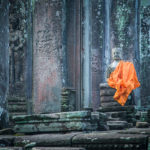
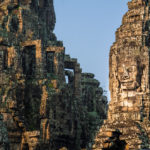
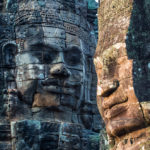
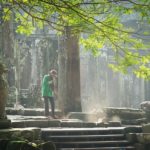


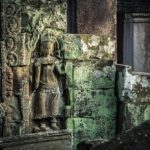
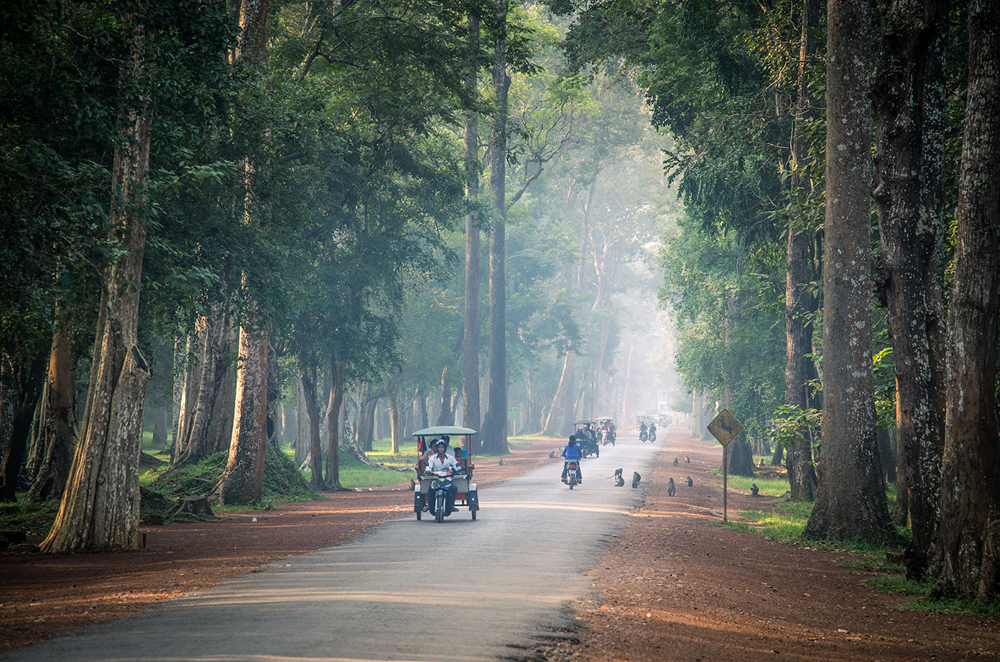
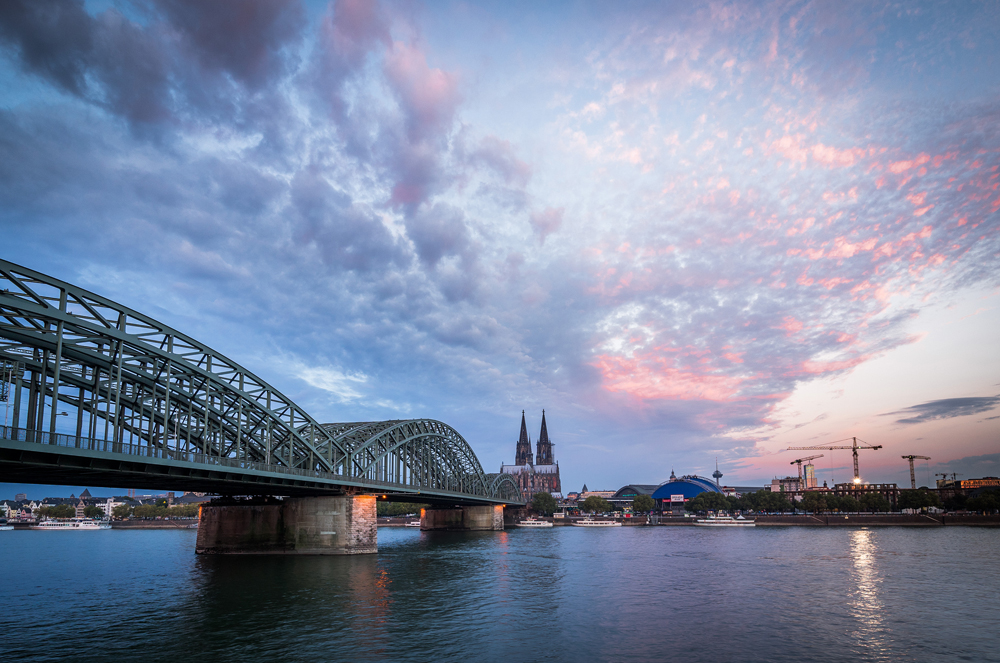
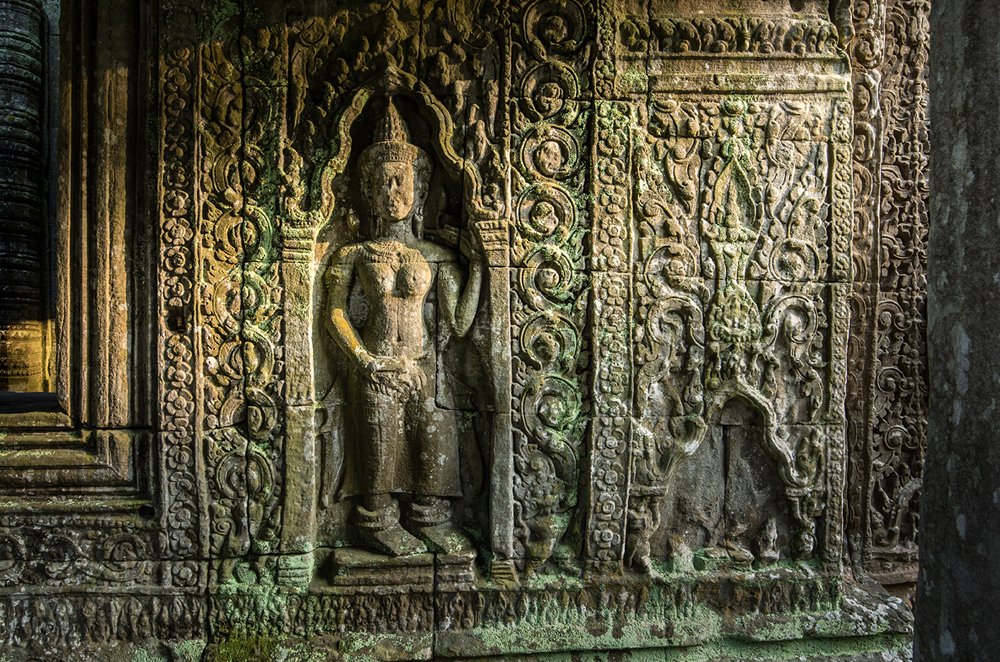
Comments (3)